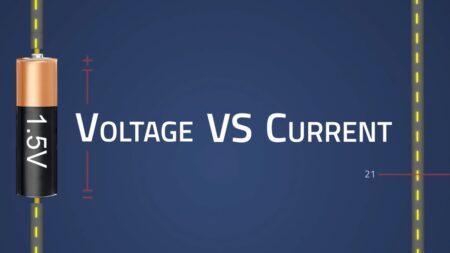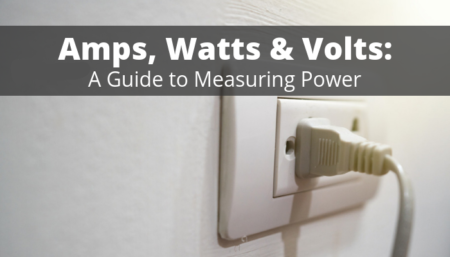We discussed the breakdown voltage concept in one of our earlier blogs. This article discusses knee voltage and explains the difference between breakdown and knee voltage.
The Basics
You must be familiar with the PN junction diode or semiconductor diode. A PN junction diode has two junctions, a p-junction, and an n-junction. The two terminals are called anode and cathode, respectively.
A P-type semiconductor diode is an anode, whereas the N-type is a cathode. Generally, the electricity flows in one direction because it resists the flow in the opposite direction. Getting these basics right is critical to understanding the knee voltage concept.
Before understanding knee voltage, let us discuss the PN Junction Diode characteristics.
PN Junction Diode Characteristics
The PN Junction Diode characteristics signify the flow of current and the applied voltage across the diode terminals. So, you can separate the characteristics into forward characteristics and reverse characteristics.
Forward Characteristics
You can achieve the forward bias characteristics by connecting the P-junction to the positive and the N-junction to the negative terminals of a battery. So, the minority charge carriers are electrons, and the majority charge carriers are holes. This arrangement is also known as the forward biasing of a diode. Since it has less forward resistance, the current flow quickly. So, the diode works as a short circuit.
Knee Voltage
The current will increase as you increase the voltage across the diode in this arrangement. However, you will notice that the current remains minimal up to a set point, known as the barrier potential. Once the voltage crosses the barrier potential, the current flow increases rapidly, and the diode performs excellently. This barrier voltage at which the current flow experiences a steep rise is known as knee voltage.
The Knee voltage varies with different diodes. For example, the Si-diode has a knee voltage of 0.7 volts, whereas a Ge-diode has 0.3 volts.
Knee Voltage of Zener Diode
Knee voltage is also known as the threshold voltage. In the forward bias of a Zener Diode, if the voltage at the anode is higher than the knee voltage on the cathode, the diode conducts current. So, it is considered a short circuit in forwarding bias and an open circuit in reverse bias.
Difference between breakdown voltage and knee voltage
We have seen that the knee voltage is the forward voltage where the current flow during the PN junction increases rapidly. So, it is the least reverse voltage at which the PN junction can operate without harm.
On the other hand, the breakdown voltage is the highest reverse voltage that can be used without harming the diode. It is the minimum reverse voltage that can be used to make the diode work in reverse.
In simple words, knee voltage is the minimum forward voltage at which the current starts flowing rapidly. The breakdown voltage is the minimum reverse voltage where the PN junction breakdown occurs. The concept of knee voltage and breakdown voltage have significance in the functioning of voltage stabilizers.



